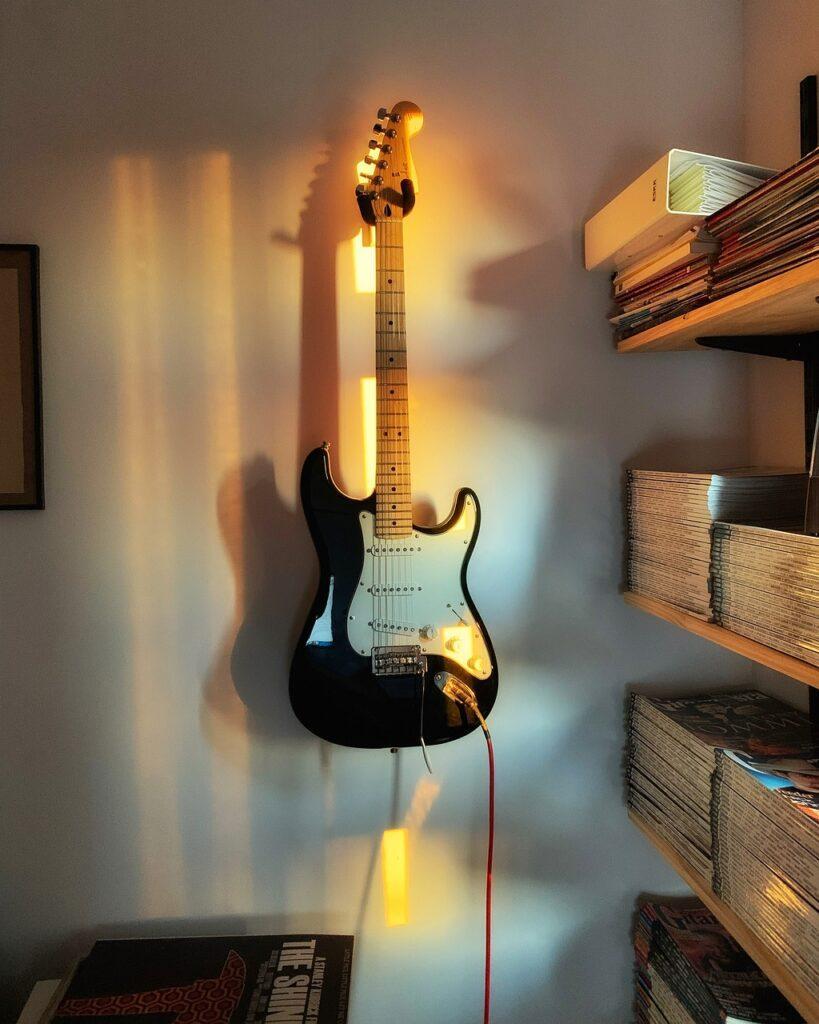Do you want to tune your guitar online? If you want to tune your guitar to normal standard tuning in equal temperament, I’ve got you covered. However, did you know that professional guitarists have other ways of getting into standard tuning, so that their guitars will sound better? Go to the next three sections of Guitar Tuner Online: Standard Guitar Tuning and tune up the different versions of standard tuning using the online guitar tuners below.
Pick your tuning:
- Normal Equal Tempered Version
- Popular Versions
- Experimental Versions
“Why should I use different versions of standard tuning?” Because that way you can choose the style and sound of your tuning:
- In the next three sections, you’ll find the soundtrack buttons that’ll help you tune eight different versions of standard tuning.
- Each version has a quick description with a link to a post that has information on the playing style that works with it and how to tune it by ear.
- Try them all to compare and see which you like best.
Technically, standard guitar tuning and regular guitar tuning (or just regular tuning) are two different things.
This article uses musical terms. For definitions, see the Glossary at the end of the post.


